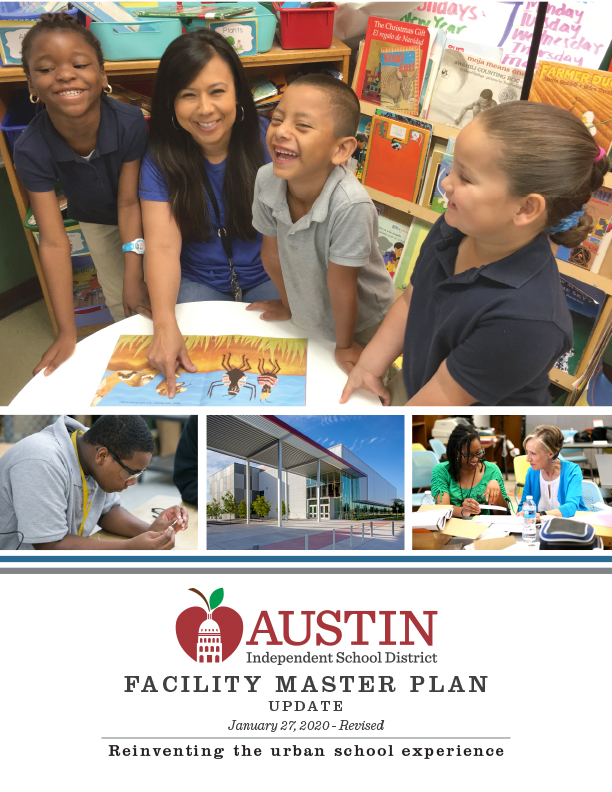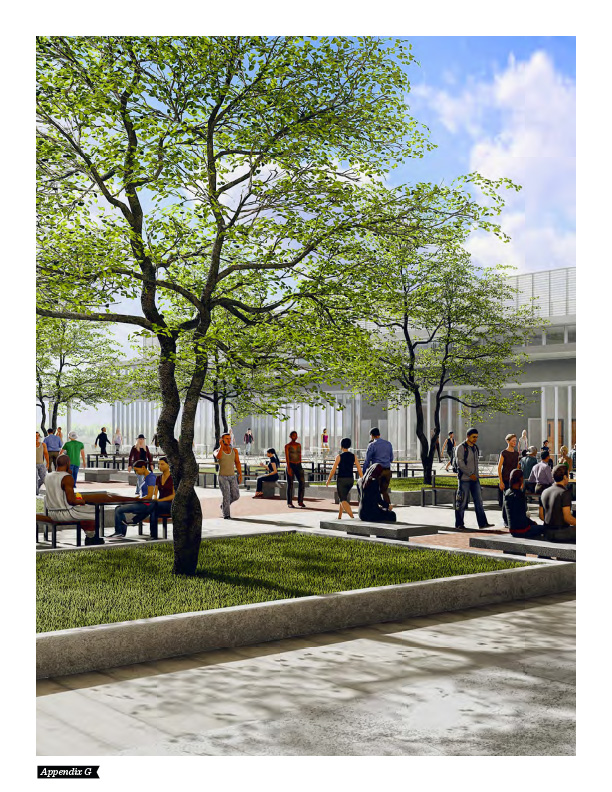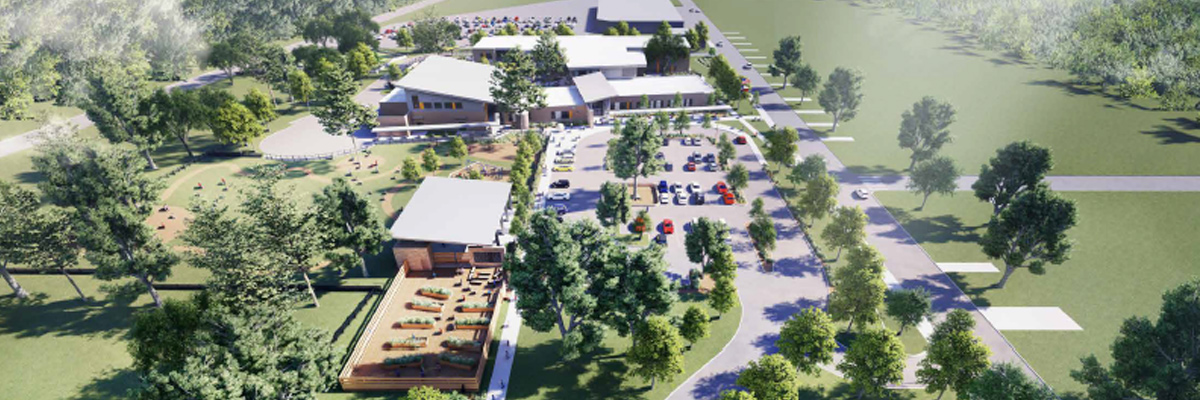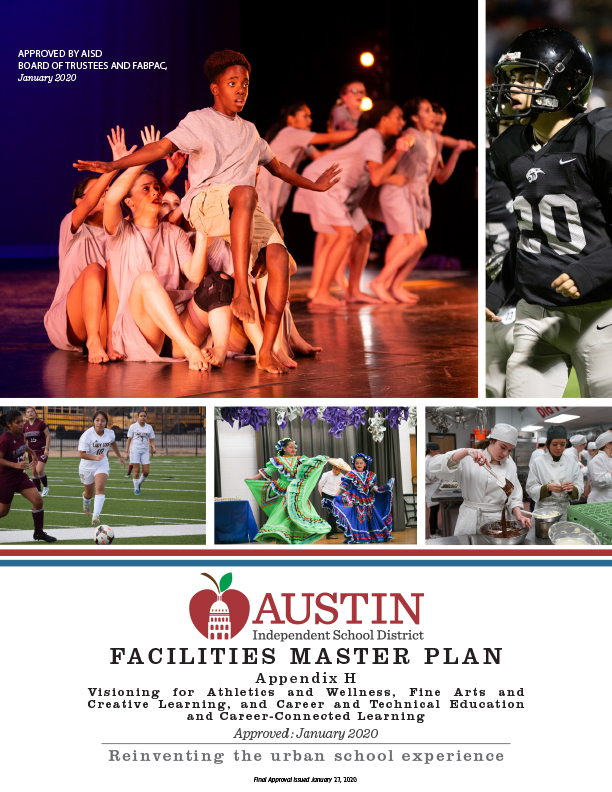Facility Master Plan
In April 2017, the Board of Trustees adopted a 25-year Facility Master Plan, which informed the development of a $1 billion bond investment approved by voters to modernize schools and create learning spaces worthy of our students’ talents as they prepare for an ever-changing global marketplace. The FMP calls for a minor update every two years, and a major update every five years.
The FMP was driven by seven Board-approved guiding principles:
- Health, Safety, & Security
- Academics & Co0curricular Supports
- Protection of Financial Investment
- Optimal Utilization
- Equity in Facilities
- Environmental Stewardship & Sustainability
- Communication & Community Engagement
In January 2020, the Board of Trustees adopted an update to the FMP that included a portable management and reduction strategy, and changes to the optimal utilization range Appendix G.
Additionally, Appendix H of the 2019 Facilities Master Plan creates a new vision for Athletics and Wellness, Fine Arts and Creative Learning, and Career and Technical Education and Career-Connected Learning that will
- provide equity for all learners through consistent program offerings;
- identify cross-curriculum opportunities across all three disciplines;
- promote strong relationships with local partners; and
- improve the overall student experience through the design and planning of flexible and adaptable spaces.
We believe that these areas long thought of as extra activities are essential for our students to grow into well rounded individuals prepared for college, career and life.
Not only do these programs promote social and emotional growth, but our research has shown that academics are also positively affected by participation in them. Our Department of Research and Evaluation found:
- CTE students enrolled at two- and four-year colleges at higher rates than their counterparts who did not participate in CTE courses.
- Student athletes outperformed their peers who were not in athletics on state academic assessments by as much as 14 percentage points in middle school and seven percentage points in high school.
- Of teachers who use Creative Teaching techniques, 94% reported that using Creative Teaching engaged their students and over half reported seeing that it helped their students retain content.
This means we need to provide an opportunity for every student to thrive in one or all of these pathways.
Our Vision of the Future
Athletics and Wellness
Our goal is to:
- provide equitable geographic access;
- bring equity in terms of course offerings and student opportunities;
- improve the overall health and wellness of students, staff and spectators;
- and ensure that operations, scheduling, and transportation are provided efficiently throughout the District.
Fine Arts and Creative Learning
Our goal is to:
- provide equal access to all programs throughout the District;
- implement a plan that addresses current spatial inequities at each campus; and,
- through Creative Learning, use research-based Creative Teaching strategies to enhance students’ learning at all campuses.
Career and Technical Education and Career-Connected Learning
Our goal is to:
- offer current and additional programs and student opportunities in an equitable, financially feasible, and logical manner;
- provide specialized CTE and Career Launch opportunities regionally at identified high school campuses;
- evaluate current and future partnerships to ensure that the District is providing the best possible opportunities for its students;
- and implement policies which ensure that operational items are as efficient as possible.
Facility Master Plan Documents and Appendices A-H

Facility Master Plan Update Revised January 27, 2020
72 pages | 16 MB

Appendix G - 2019 FMP Update
22 pages | 1 MB
Contact Information
Beth Wilson
Executive Director of Planning and Asset Management
512-414-9841
beth.wilson@austinisd.org
Melissa Laursen
Director of Planning
512-414-8942
melissa.laursen@austinisd.org

